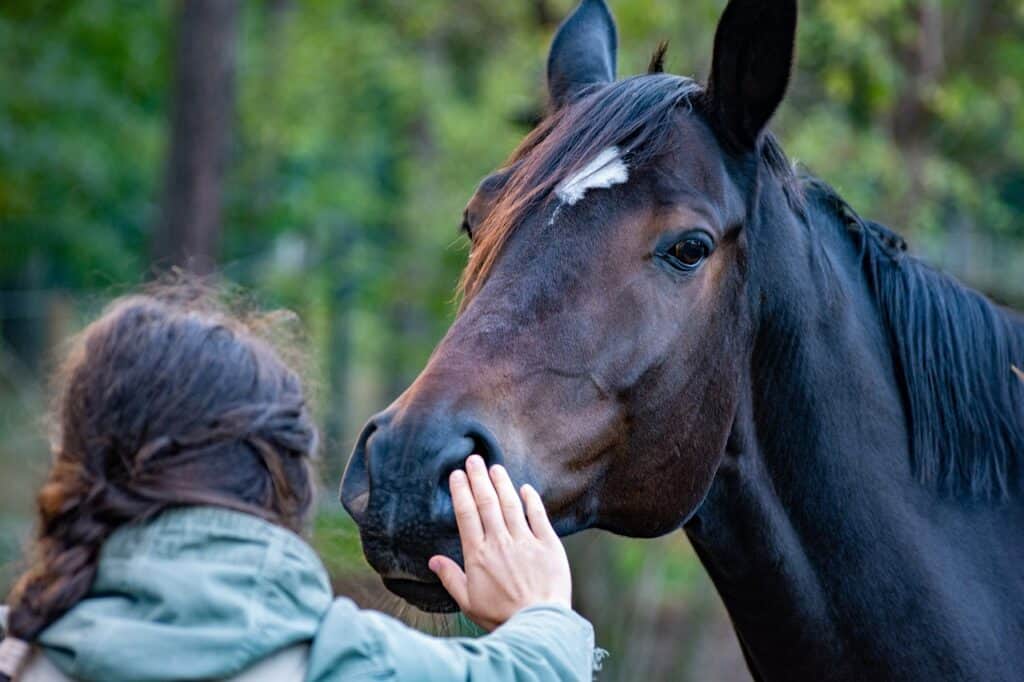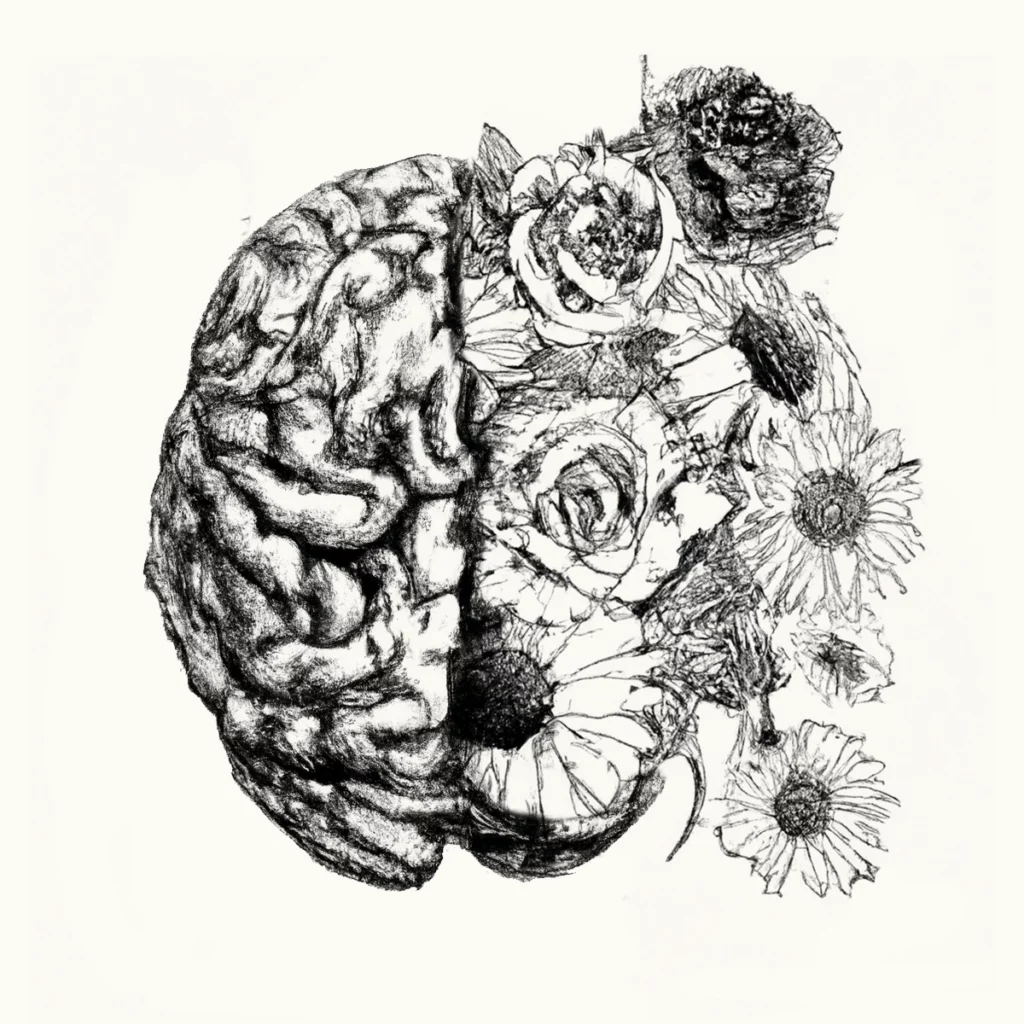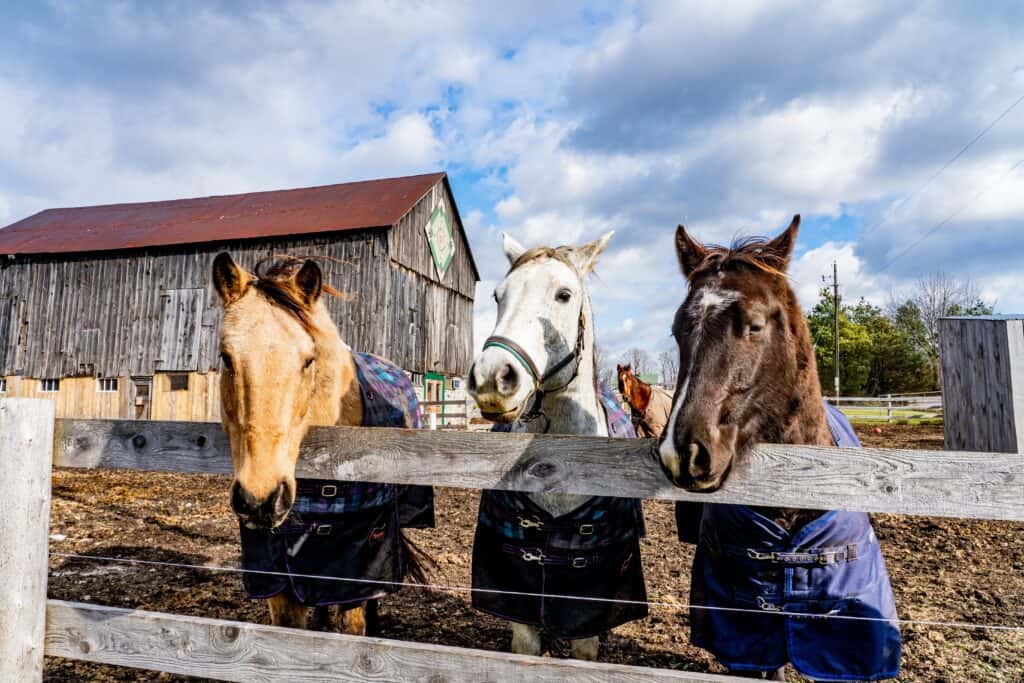We all have unique and extremely valuable perspectives on the “how and why” equine interactions can be so healing. Whether it is “metaphor,” “relationship,” or “neurological,” you name it. The one thing we could agree on is that we all know, in our bones, the power of the horse. We have seen it and witnessed our clients and our own often indescribable and profound moments with horses. That said, as providers of clinical services, knowing something in our bones is also not enough to provide effective trauma therapy. We are also bound by the ethics and clinical guidelines for trauma work. We must also weave the fibers of our clinical expertise, and horsemanship, alongside sound ethical practices and, yes, feel. There must be a balance. We can further develop practices that hold space for our clients as we partner with our co-facilitator, the horse while utilizing effectual clinical interventions that result in change.
Despite the multimode of different options, let’s face it in our field of providing equine interactions. There is no agreed-upon standard of practice in working with trauma survivors. There are no agreed-upon guidelines on how to “do’ the work with a strong foundation of trauma therapy best practices. And, despite a variety of players, all of us reaching the goal of achieving a common standard of practice, we are a diverse group of therapists and equine professionals. We may find some common ground, but we also know we are unlikely to agree.
And similarly, let’s face it, if you put a whole bunch of therapists in a room, a Cognitive-Behavioral Therapist, an EMDR Therapist, a Psychoanalyst, or a Gestalt Therapist (sounds like the beginning of a bad joke, doesn’t it), that each one will give you a different perspective on how and why clients heal. And each one will be able to give you an example of clients who have, which is also conditional upon how each therapeutic modality defines healing.
Don’t even get me started on how we would debate the different views on horsemanship. We all know that if you put a group of horsemen in front of a horse and inquire about the best way to feed and take care of, let alone “train” these magnificent creatures, each person will have a different perspective, depending on how they define what is good for those horses, let alone the relationship between horse and rider. My hope in writing this blog entry today is that we find common ground in our clinical work with survivors of trauma, especially those treating complex developmental trauma disorders and dissociation. Perhaps we can all agree that it is crucial that we be truly well-informed and knowledgeable of trauma work, arena-based or not.
So, to me, we have to find common ground first.
I hope we can also join together in what factors we should consider when working with developmental trauma and dissociation, both in and out of the arena. Even if you would say, “I don’t work with dissociation.” You do. It is imperative that we have a deep-rooted education in the foundational principles of good trauma therapy, and a seemingly infinite number of clients with complex trauma and dissociation have taught me the same. What I do know is trauma, not only as someone who has worked in the field of trauma and dissociation for over 20+ years but also as someone who has survived it. In equal measure, since childhood, horses have been and continue to be some of my greatest teachers and inspirations.
Regardless of what model of equine interactions we ascribe to, there are existing principles in providing trauma work that can help us navigate situations. By knowing how to work with trauma, not just theoretically, but in the actual application of these key principles, the groundwork, we can change from feeling helpless and instead to expanding our knowledge of what to do, as well as why. We can then bring those principles, that groundwork into the arena creatively, mindfully, and with intention. We can then help to facilitate client change. Furthermore, instead of treating complex developmental trauma disorders and dissociation by putting people in the arena and “seeing what happens,” instead, we can utilize a trauma-centered approach that is staged and in line with trauma therapy best practices.
Let’s start discussing the principles and specific groundwork for working with trauma both in and out of the arena.




